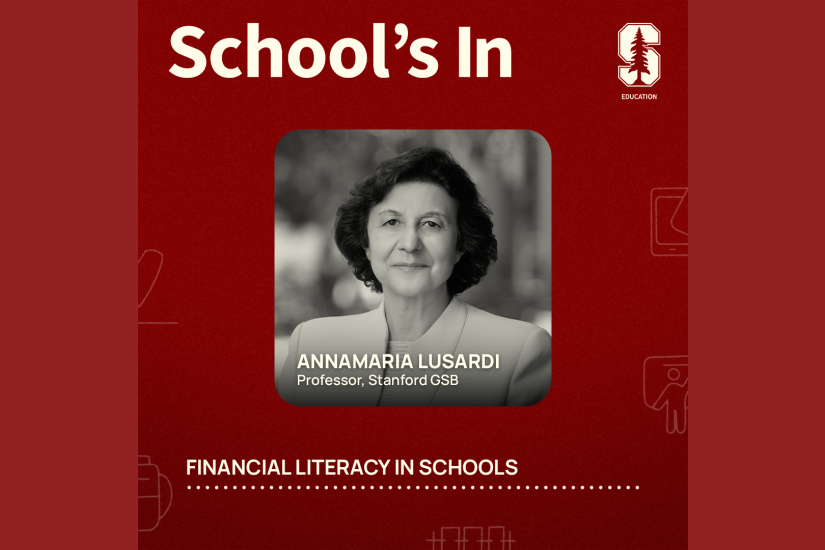
Stanford education scholars to create resources to help young people spot fake information online
Learning to identify fake news online requires a set of skills and knowledge that help you evaluate information. You also need the proper mindset, says Stanford Graduate School of Education Professor Sam Wineburg.
"You need to have some skepticism when reading online," he says. "You need a disposition to ask key questions like, who's behind the information, what do other sources say?"
Wineburg and his team at the Stanford History Education Group (SHEG) have studied how young people read online, and they are part of a recently announced $3 million initiative to help teachers prepare students to be discerning consumers of information on the internet.
Through the initiative, called MediaWise, SHEG will collaborate with the Poynter Institute of Media Studies, a leader in journalism education, and Local Media Association to help improve digital media literacy. MediaWise is supported by Google.org.
Previous research from SHEG shows that the vast majority of teenagers and college students are unable to correctly evaluate the credibility of online news and information. The group's follow-up studies also provide evidence that students don't approach information online in the same way as professional fact-checkers, meaning they rarely check a source's credibility.
"Our research has shown that students need help navigating the sea of digital information that they encounter every day. Our new work will support the creation of classroom-ready materials that will prepare students to confront the challenges of a digital society," says Wineburg, the Margaret Jacks Professor of Education.
Over the next two years, SHEG will develop educational materials for teachers and conduct research about their effectiveness. The group will create classroom-based activities, videos for professional development and public service announcements.
The group will also create assessments to measure student progress during instruction, as well as learning after the lessons are done.
SHEG already provides free curriculum online for history teachers that has been adopted by several school districts, including Los Angeles – the second largest in the country – and is used in every state and 128 countries. The group’s materials have been downloaded more than 5 million times.
SHEG’s work is part of an overall mission at Stanford GSE to help prepare students for lifelong learning and civic participation.
“When all of the answers are on your smartphone, it’s easy to think you know what you need to know to have a job or engage in society,” Wineburg says. “But if you can’t understand how to use this information or how to critically analyze it, you won’t be able to adjust when the technology changes.”



